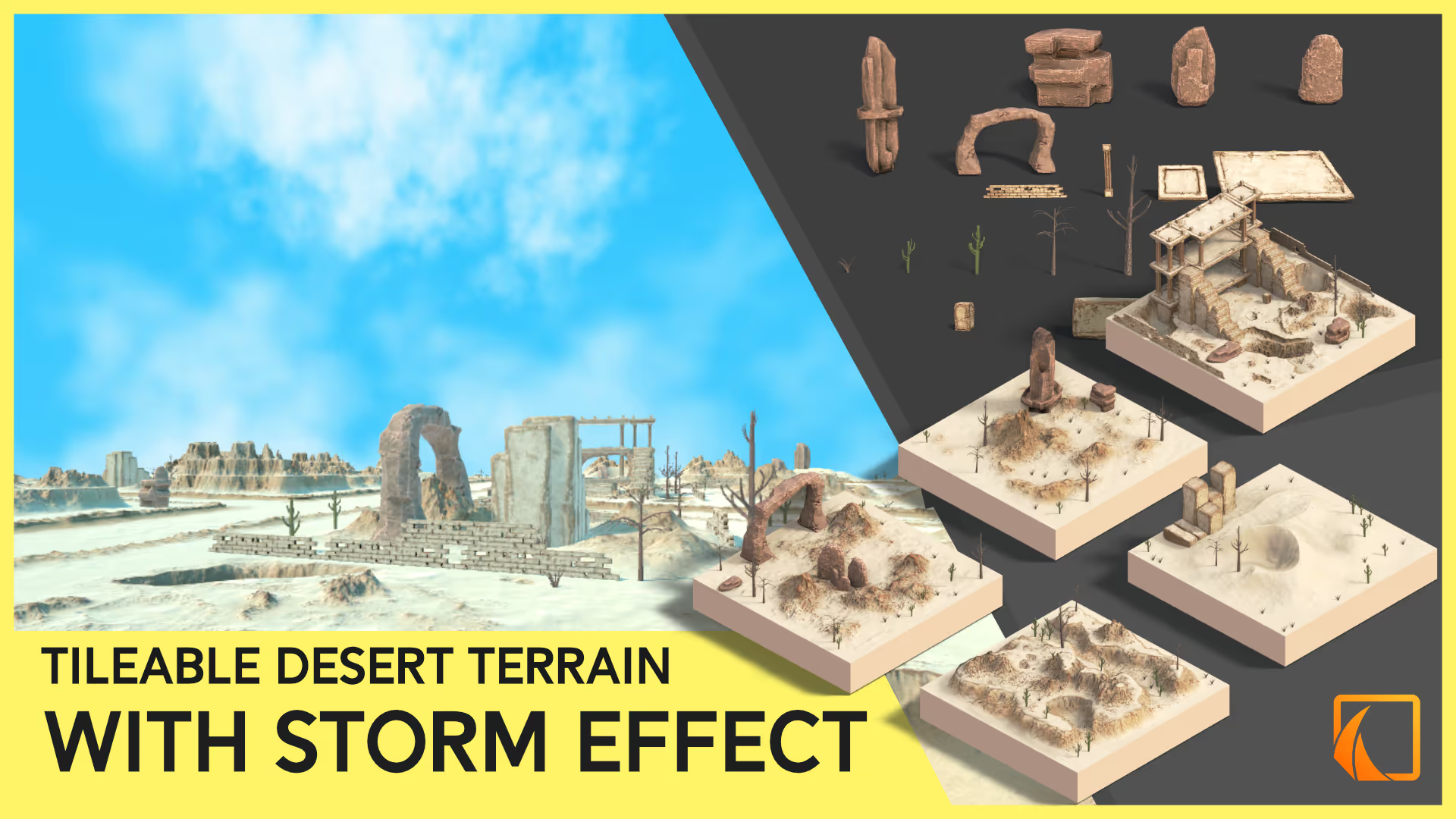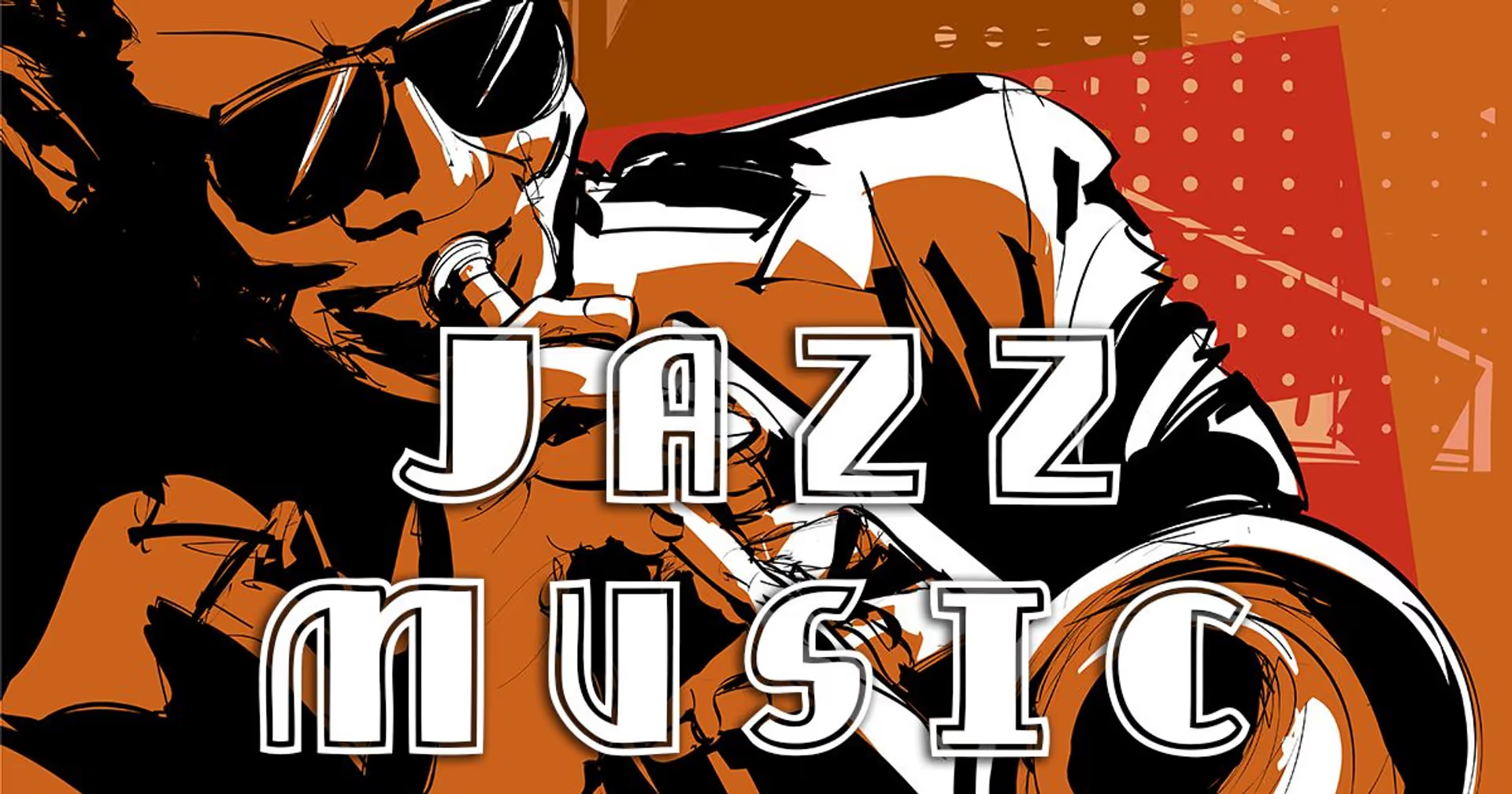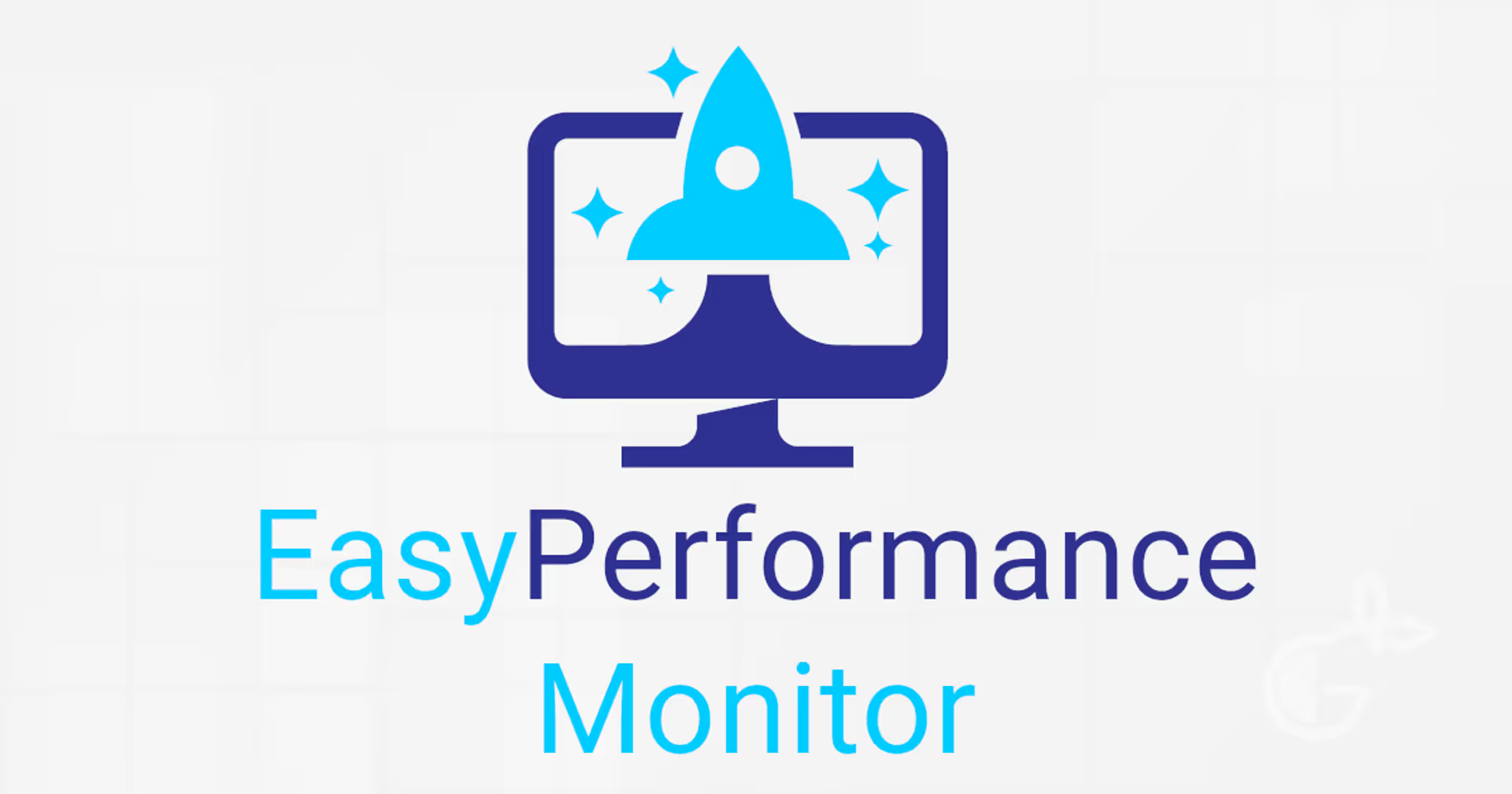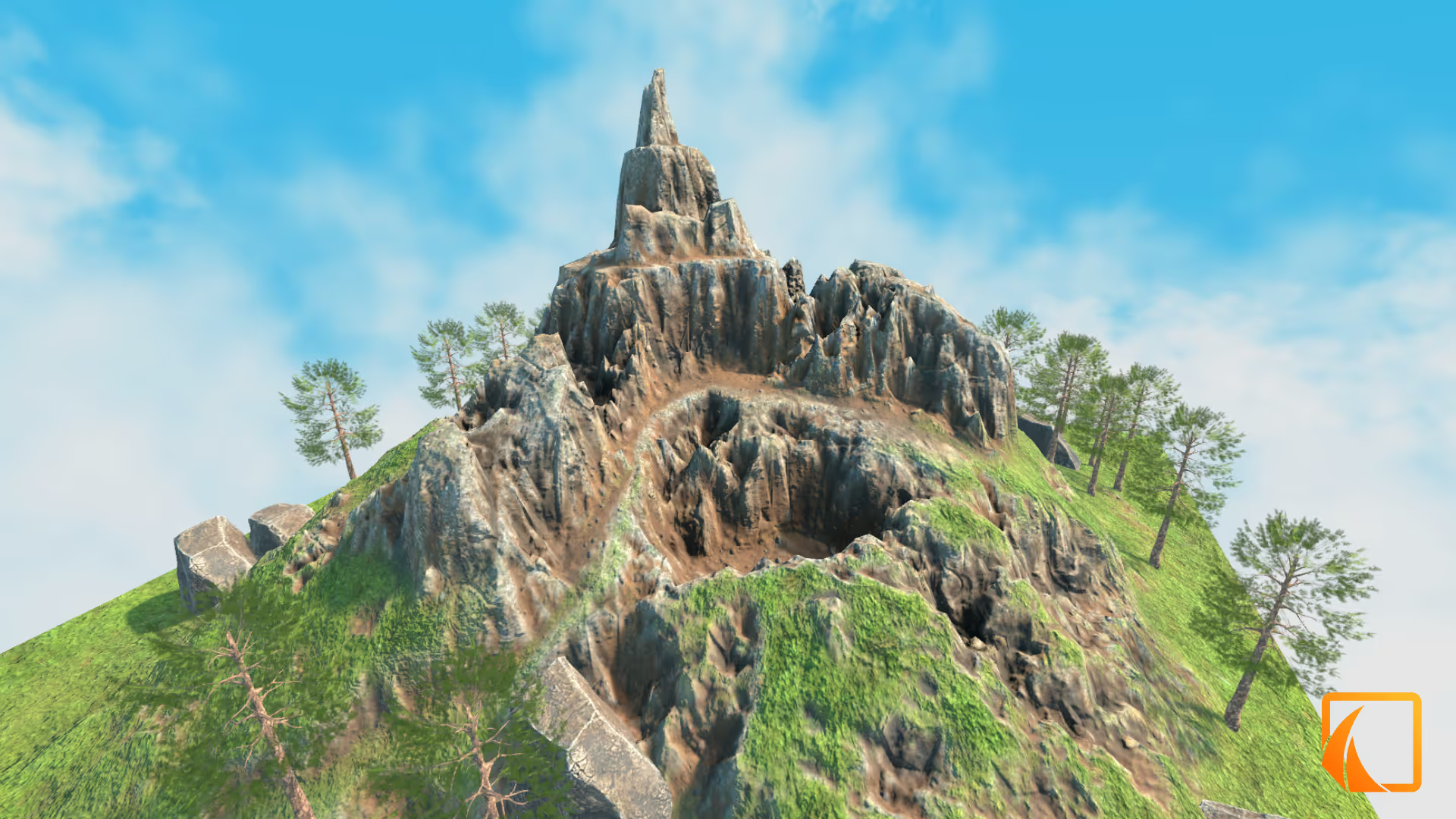Texture Painting for Game Developers
Textures are a vital part of materials that make 3D models vibrant, realistic and colorful. This makes texture painting stand out as a crucial element in bringing virtual environments to life.
This article aims to demystify texture painting for game developers, exploring its definition, significance, target audience, workflow, tools, and learning resources.
What is Texture Painting?
Texture painting refers to the process of creating and applying detailed images or textures to a 3D model. It’s similar to wrapping a 3D object with a 2D image. For instance, consider a 3D model of an apple. Texture painting would involve creating its skin texture - the color, the tiny spots, and its overall appearance, making it look realistic or stylized as per the game’s requirement.
Texture Painting’s Role in Game Development
Texture painting directly impacts the visual appeal of 3D models in games. It determines how objects interact with light and the environment, crucial for rendering realistic or stylized scenes. It adds depth, realism, or artistic flair to objects, characters, and environments, enhancing the player’s visual experience.
📄 Resources:
Who is involved in Texture Painting?
Texture painting mainly involves artists. But using it in a game is a collaborative process involving various roles:
- Artists create textures and apply them to models.
- Programmers improve game performance by optimizing textures.
- Technical Artists bridge the gap between artists and programmers, ensuring textures are efficiently integrated.
- Quality Assurance (QA) test textures under various conditions to ensure quality and consistency.
📄 Resources:
Texture Painting Workflow for Beginners
For those new to texture painting, the workflow typically involves the following steps:
- Model Preparation: Start with a 3D model ready for texturing.
- UV Mapping: Unwrap the 3D model into a 2D space to apply textures.
- Texture Creation: Create textures either from scratch or by modifying existing images.
- Painting and Applying Textures: Paint textures onto the model, considering how they interact with light and the environment.
- Testing and Refinement: Apply the model in a game engine, test under various lighting and environmental conditions, and refine as needed.
📄 Resources:
Best Tools for Texture Painting
Several tools are available for texture painting, varying in features and costs:
- Adobe Substance Painter: Known for its extensive library and realistic effects. Cost varies based on subscription plans.
- Blender: A free, open-source tool with a comprehensive set of texturing features.
- ZBrush: Ideal for high-detail texturing. It’s a paid tool, with prices available on its website.
- Mari: Widely used in films and games, known for its powerful layering system. It’s a premium tool.
For beginners, Blender is often recommended due to its no-cost entry point and comprehensive features.
📄 Resources:
Learning Resources
There are numerous resources for learning texture painting:
- Online platforms like Udemy, Coursera, and Skillshare offer courses ranging from beginner to advanced levels.
- Forums and communities such as Polycount and ArtStation provide valuable insights and peer support.
- YouTube and Twitch have many tutorials and live sessions from experienced artis
📄 Resources:
Conclusions
Texture painting is an essential skill for artist and technical artists in game development, affecting both the aesthetic and technical aspects of game design. It requires a blend of artistic talent and technical understanding, suitable for a range of roles within the development team.
With the right tools and resources, anyone interested in game development can start exploring the world of texture painting, enhancing their skills and contributing to the creation of visually stunning games.
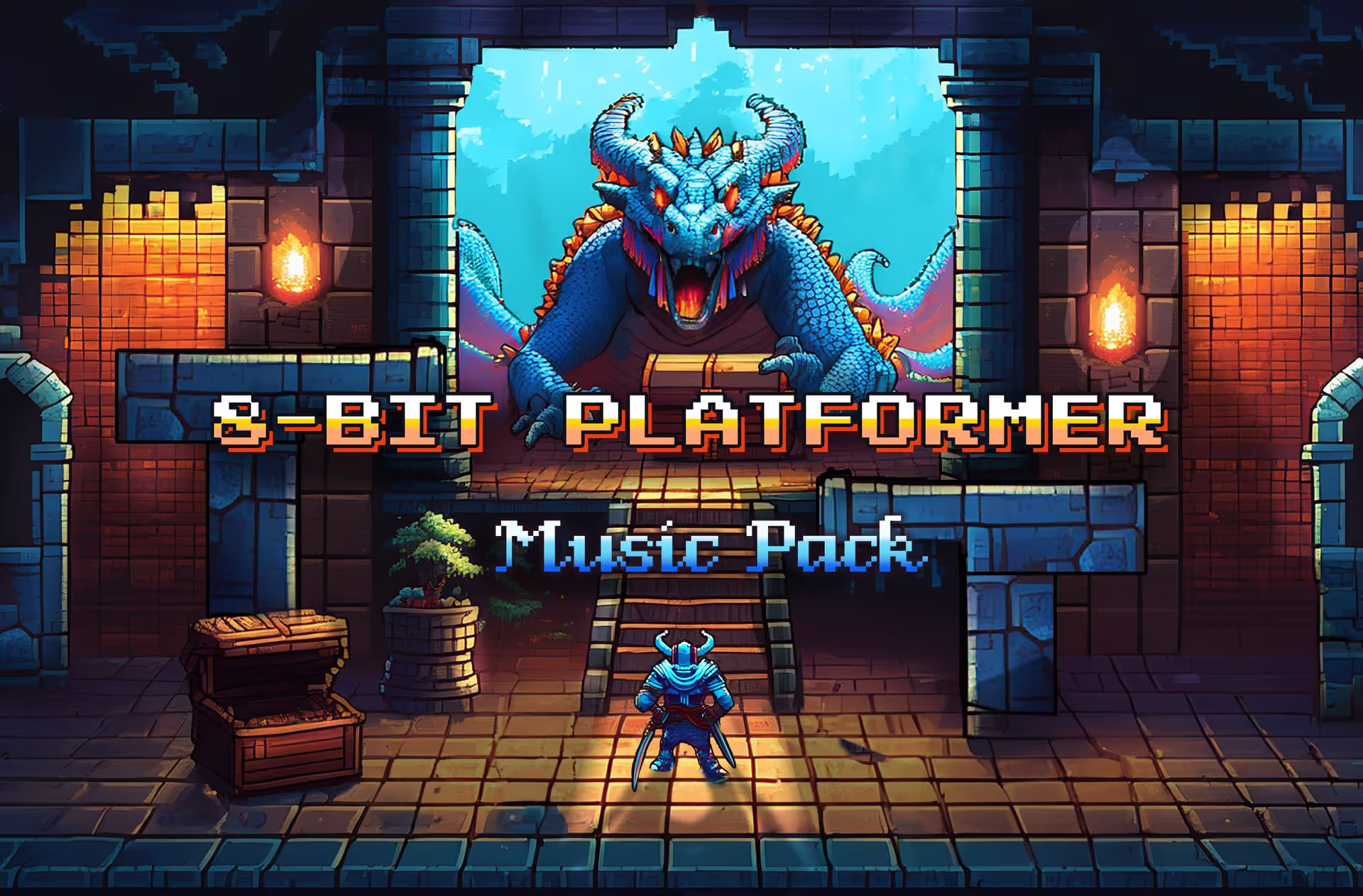
.avif)
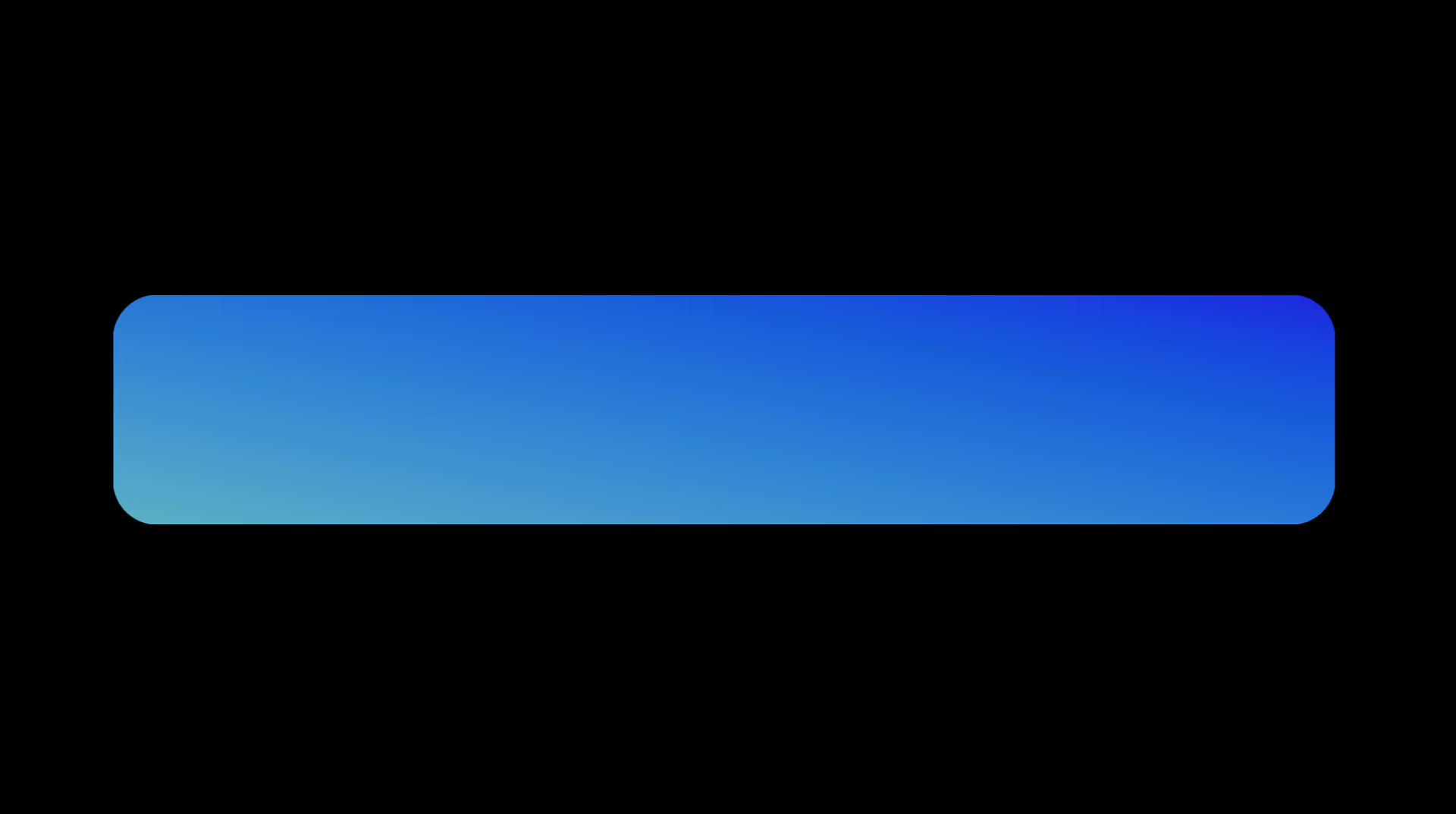
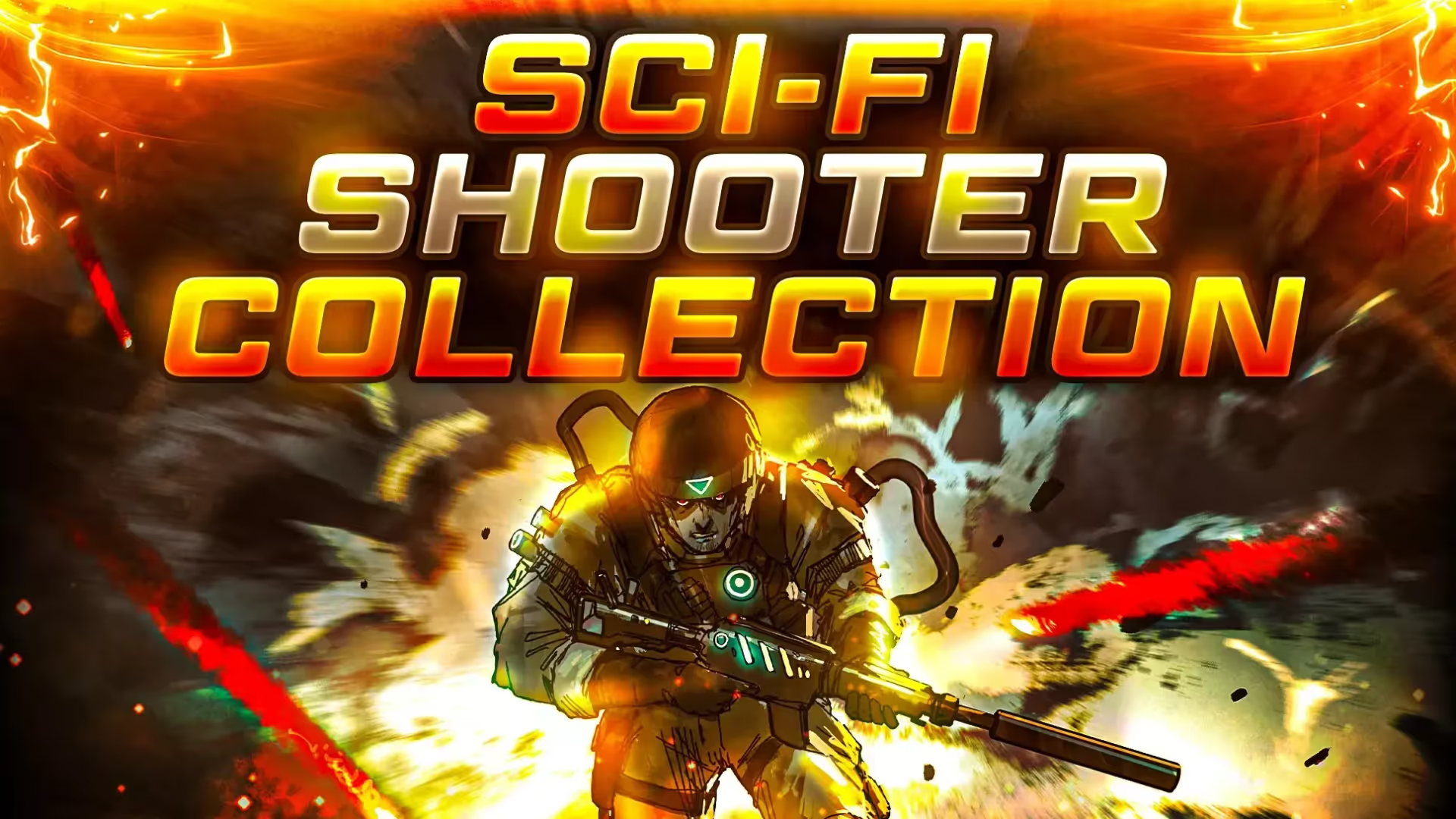
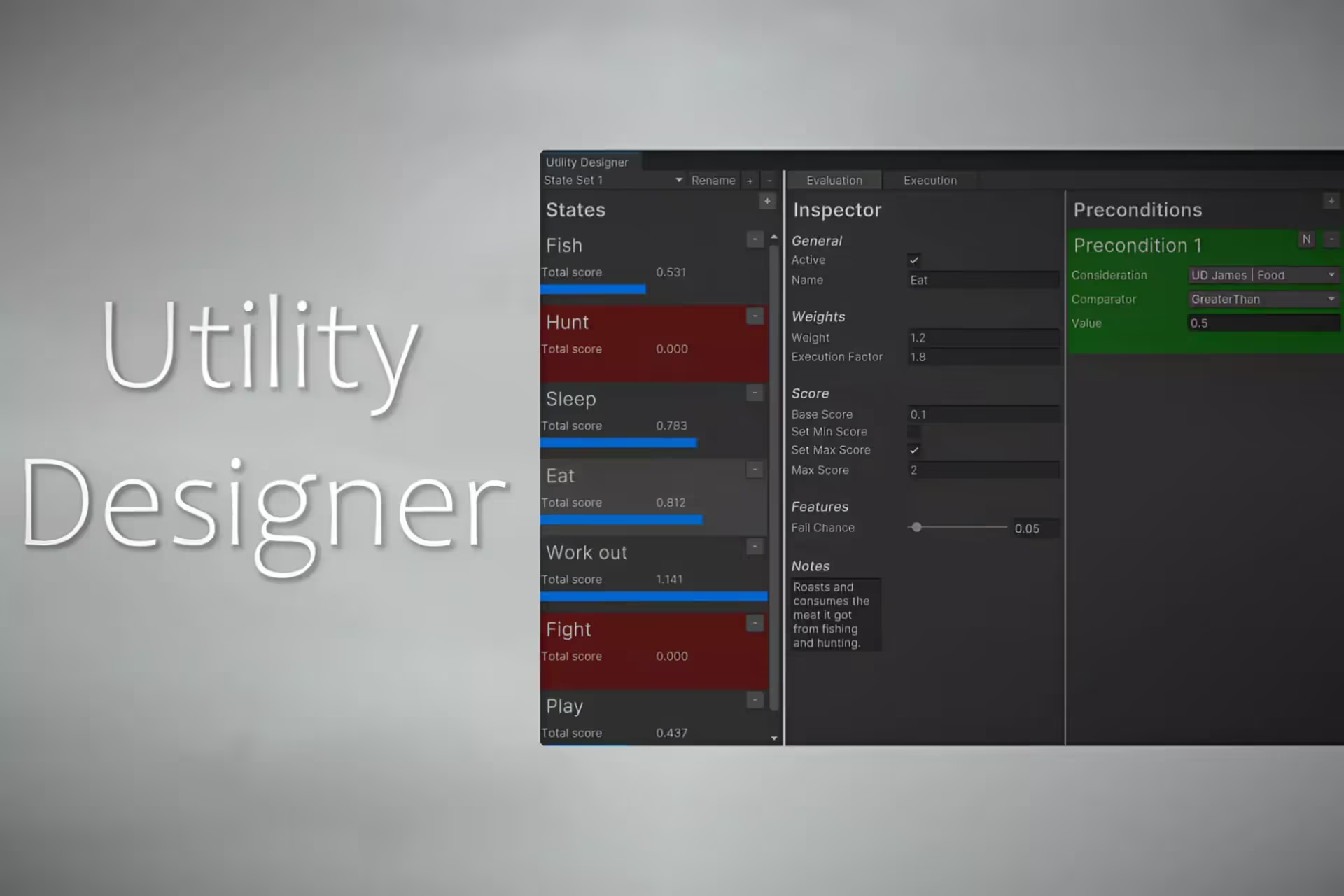
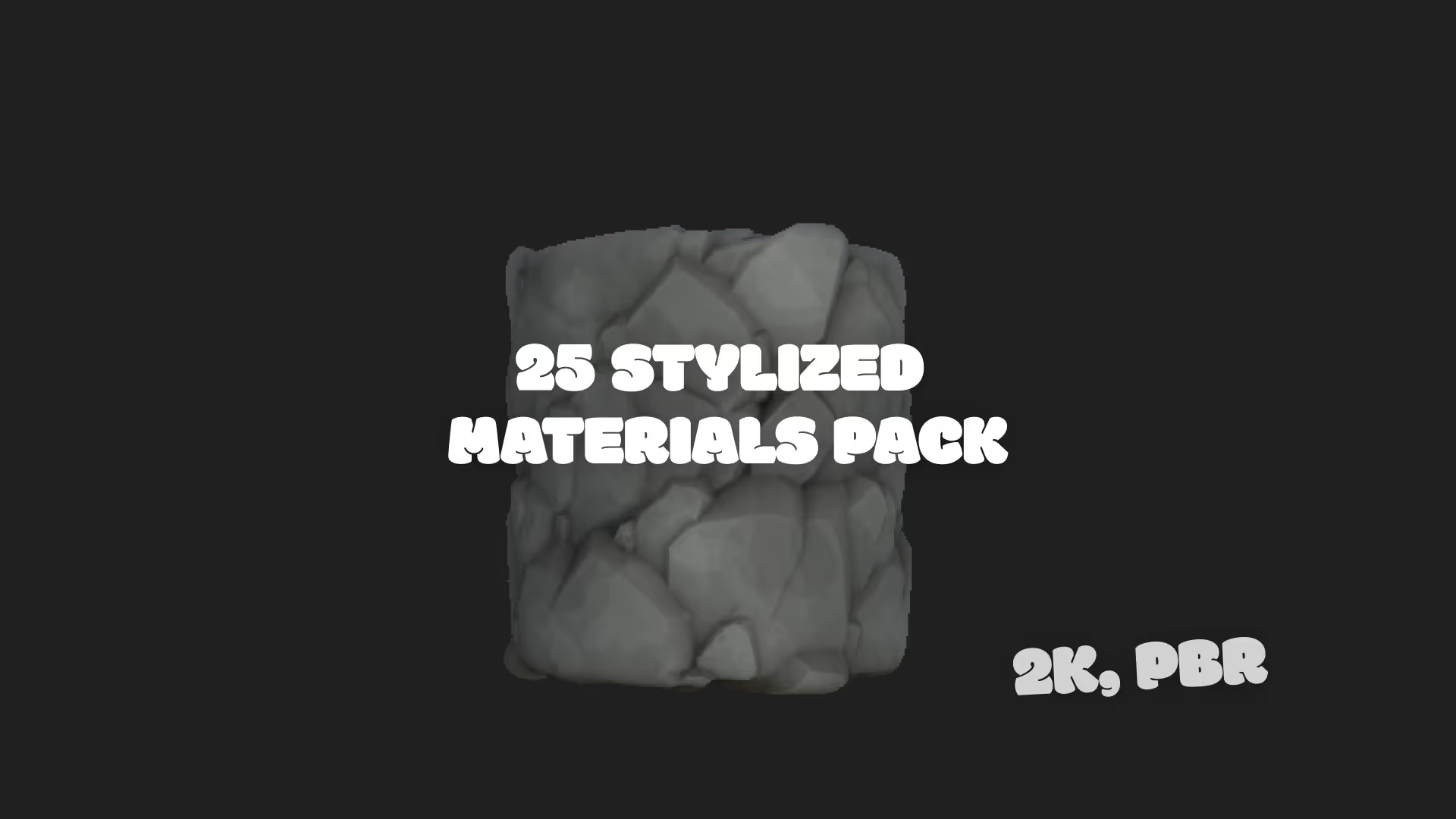
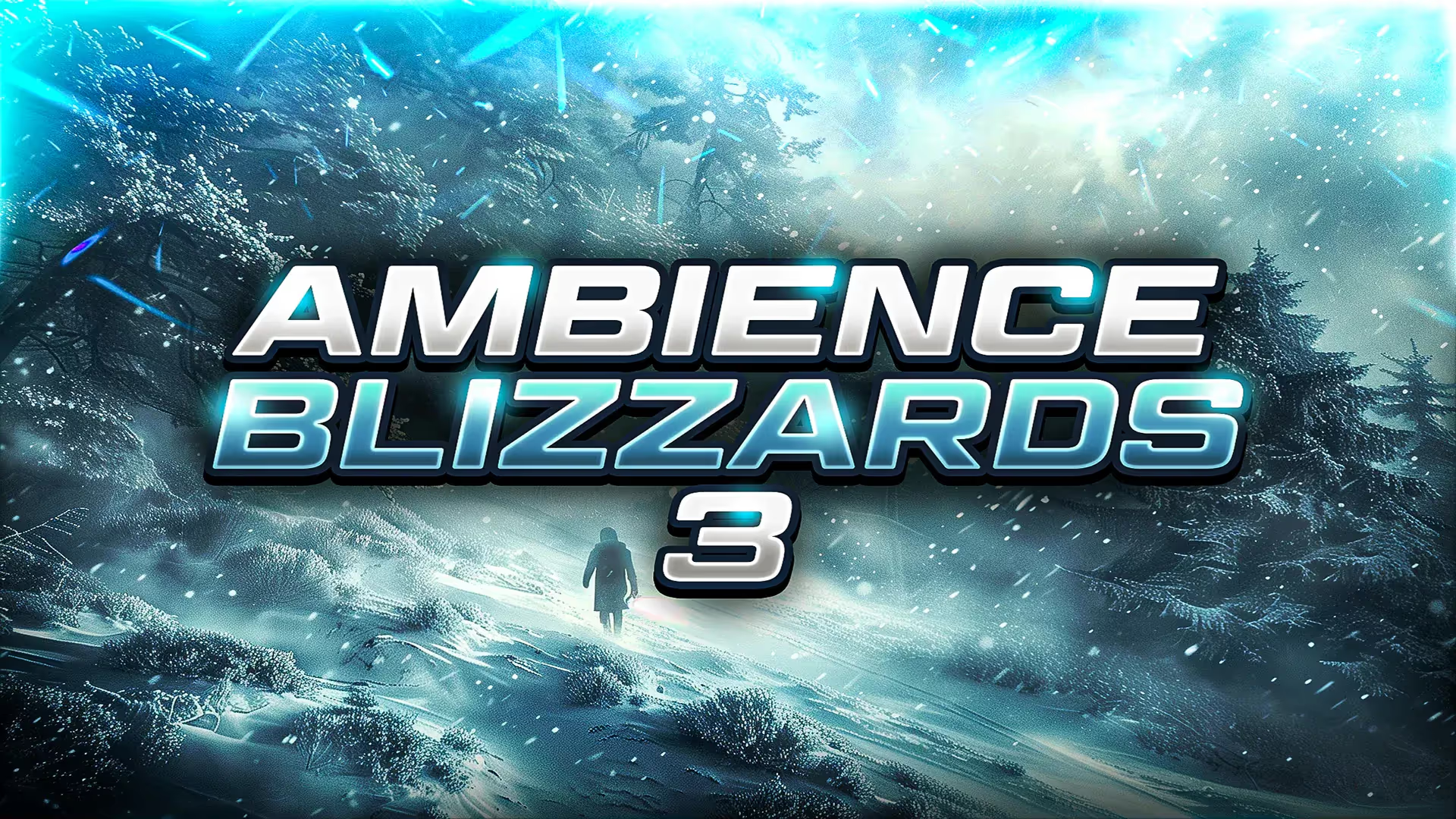
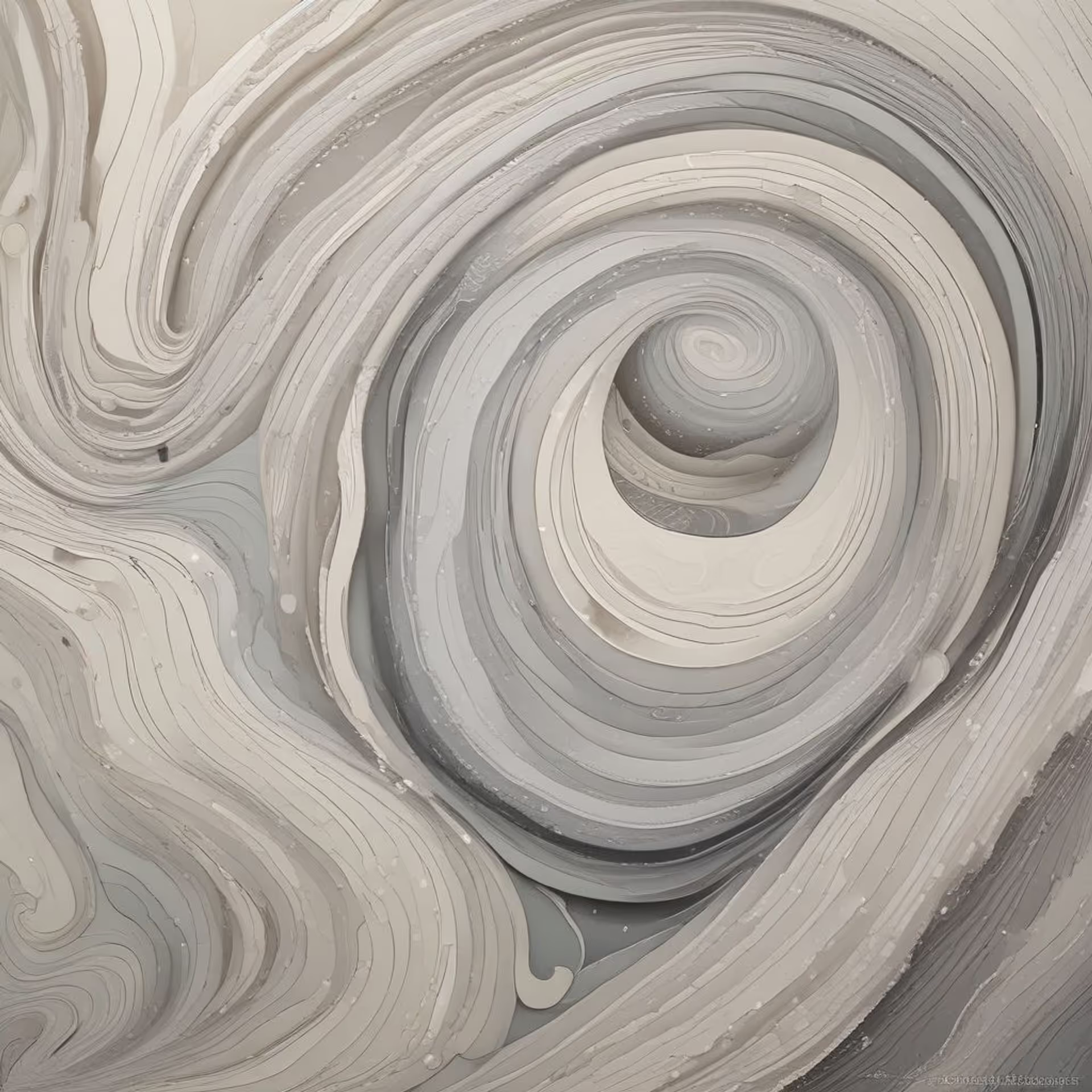
.avif)


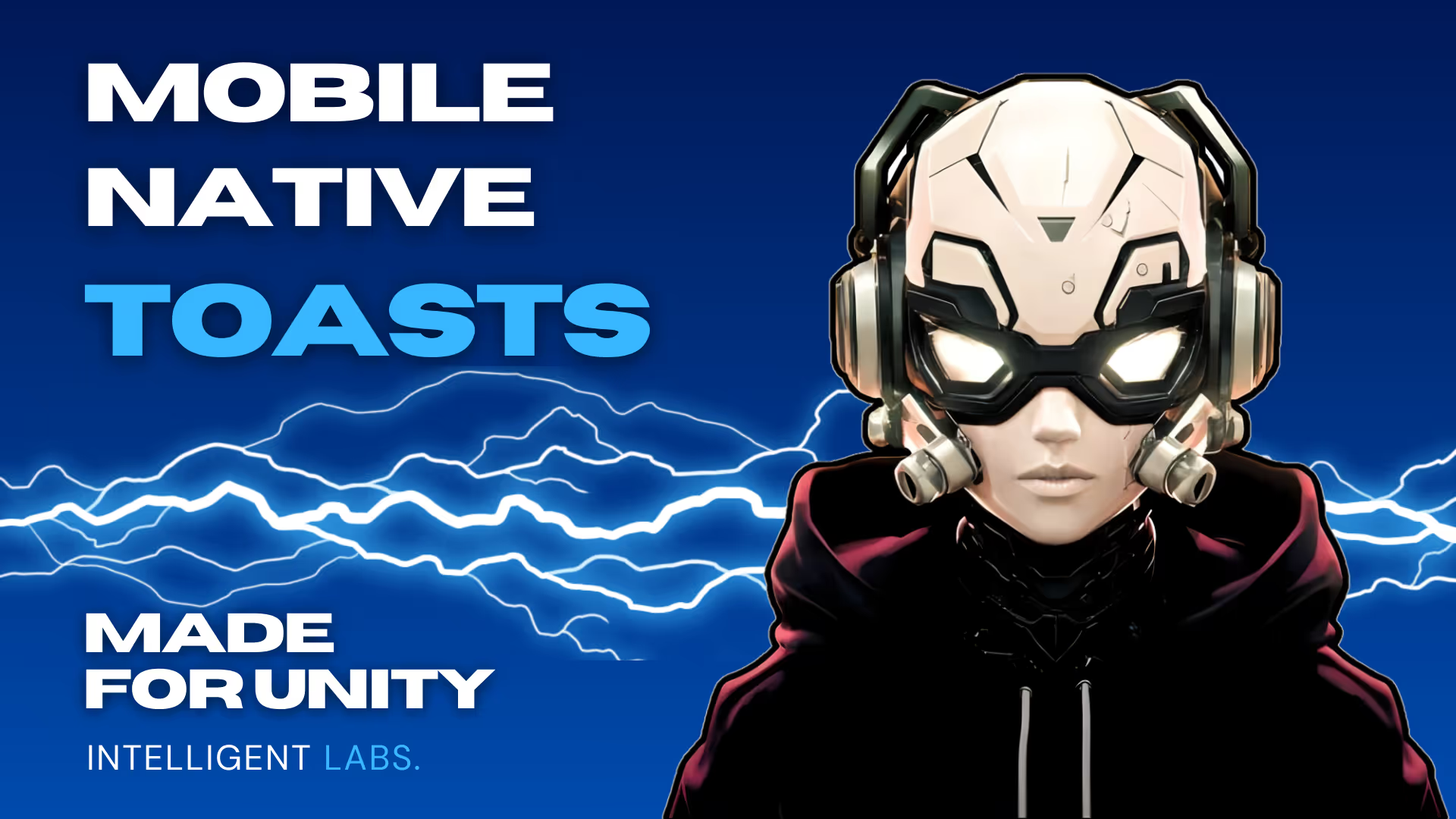
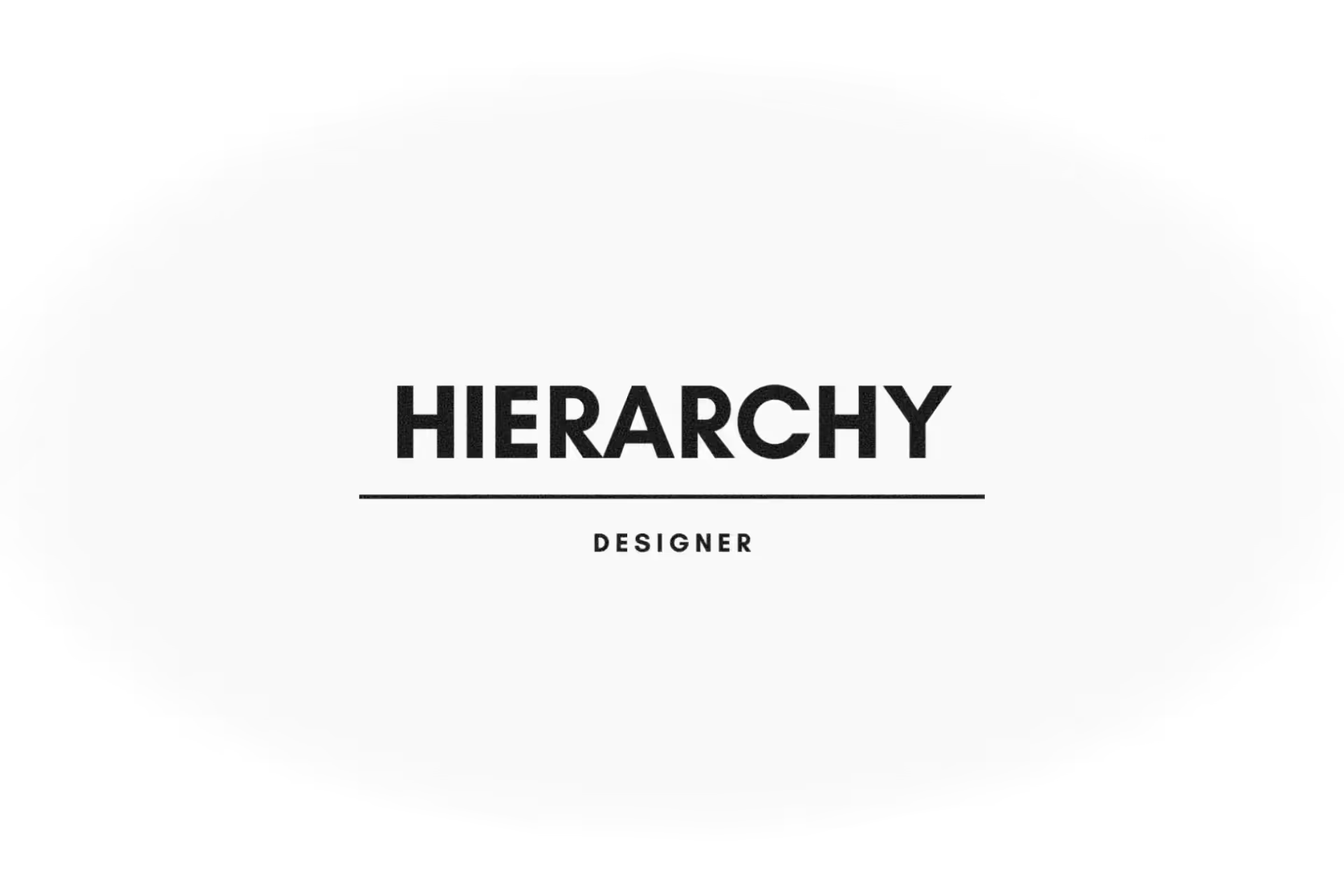
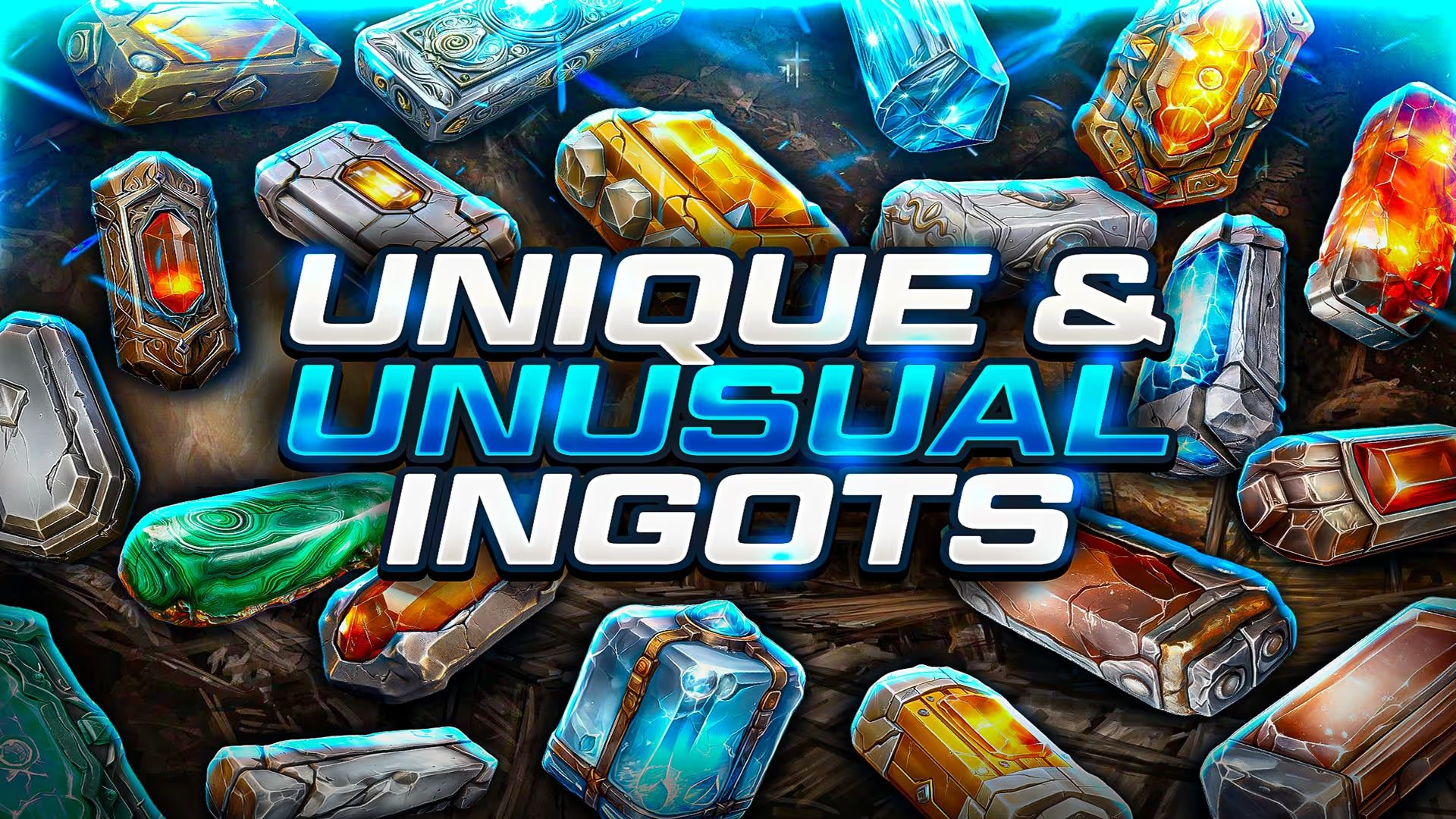
.avif)
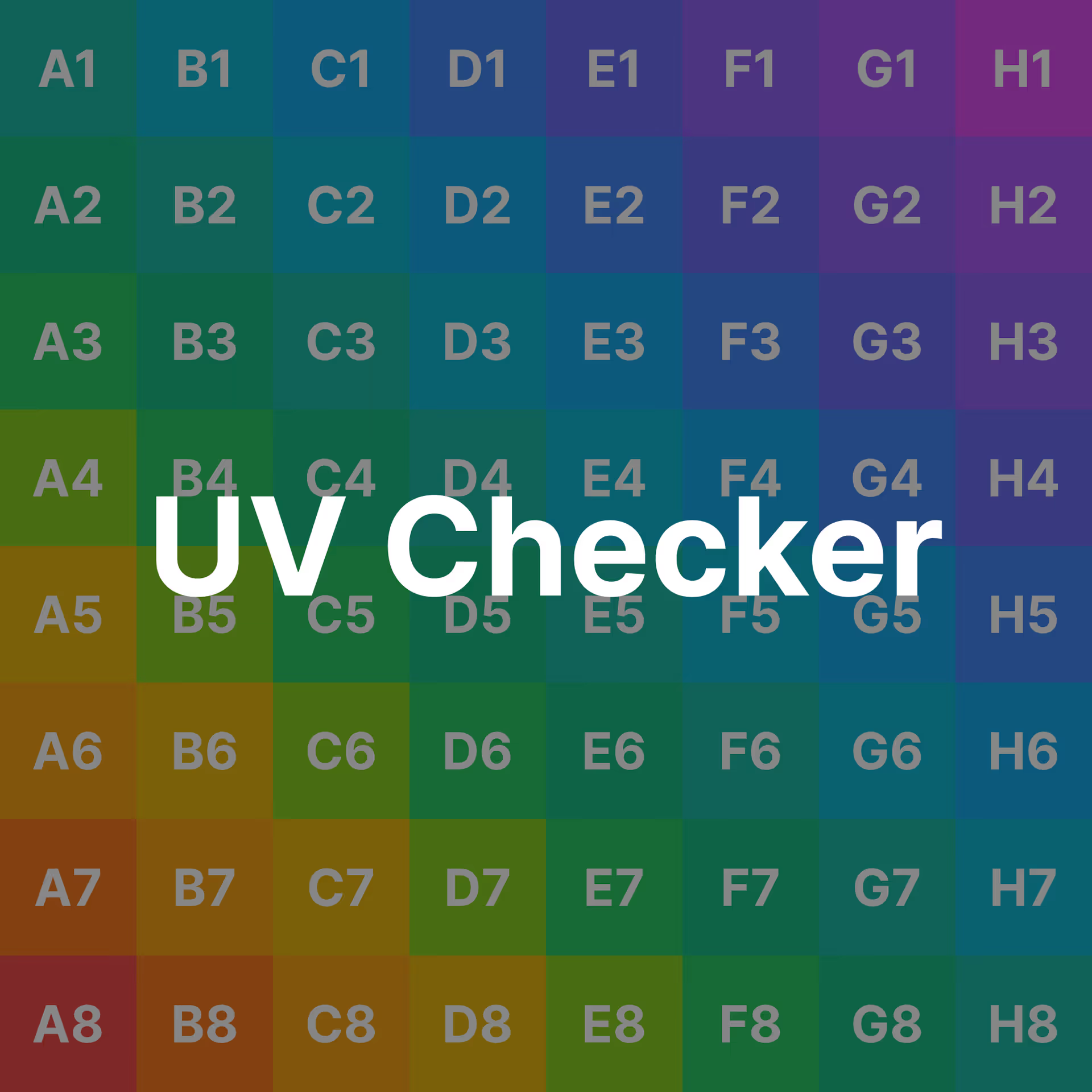
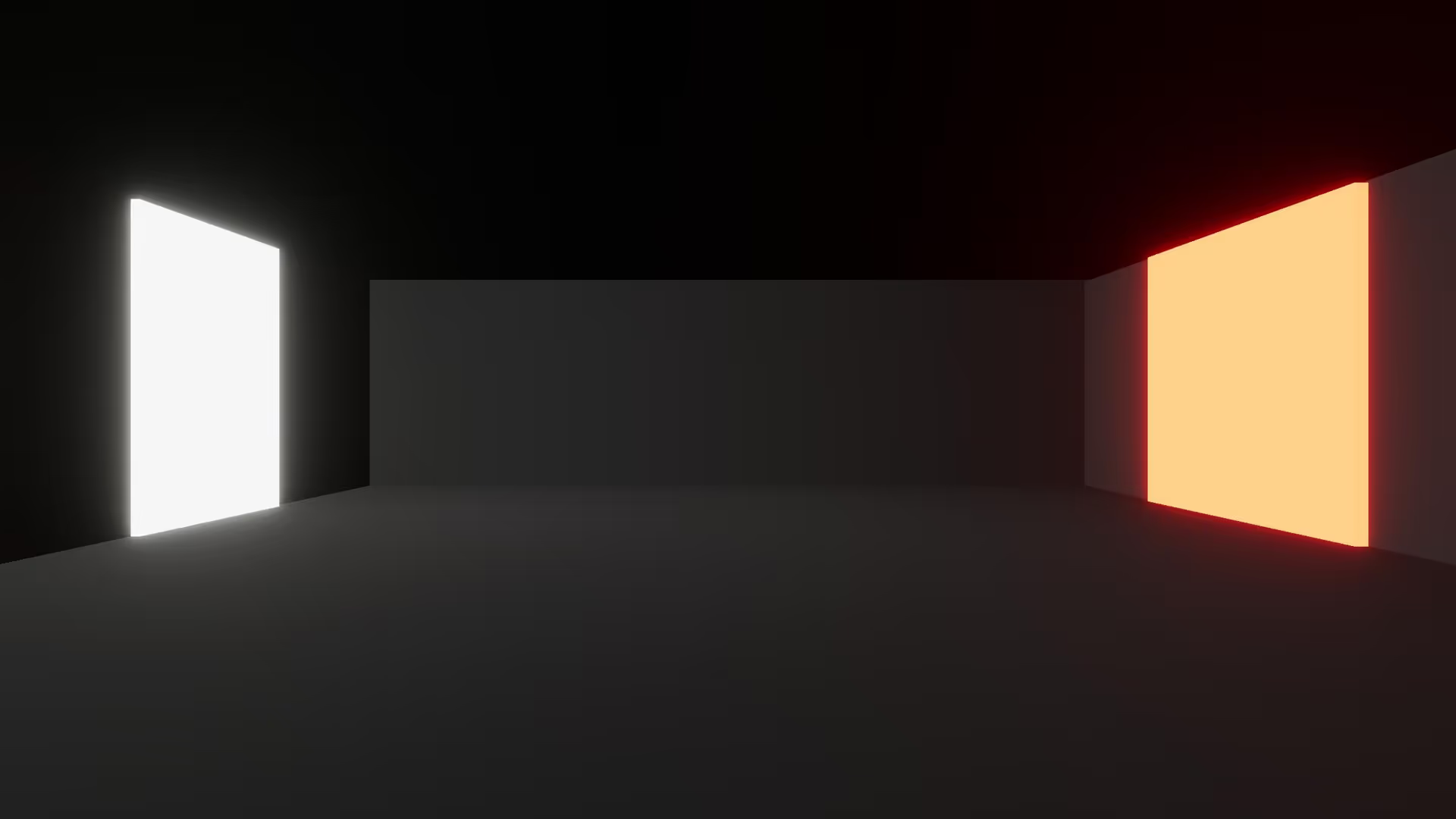
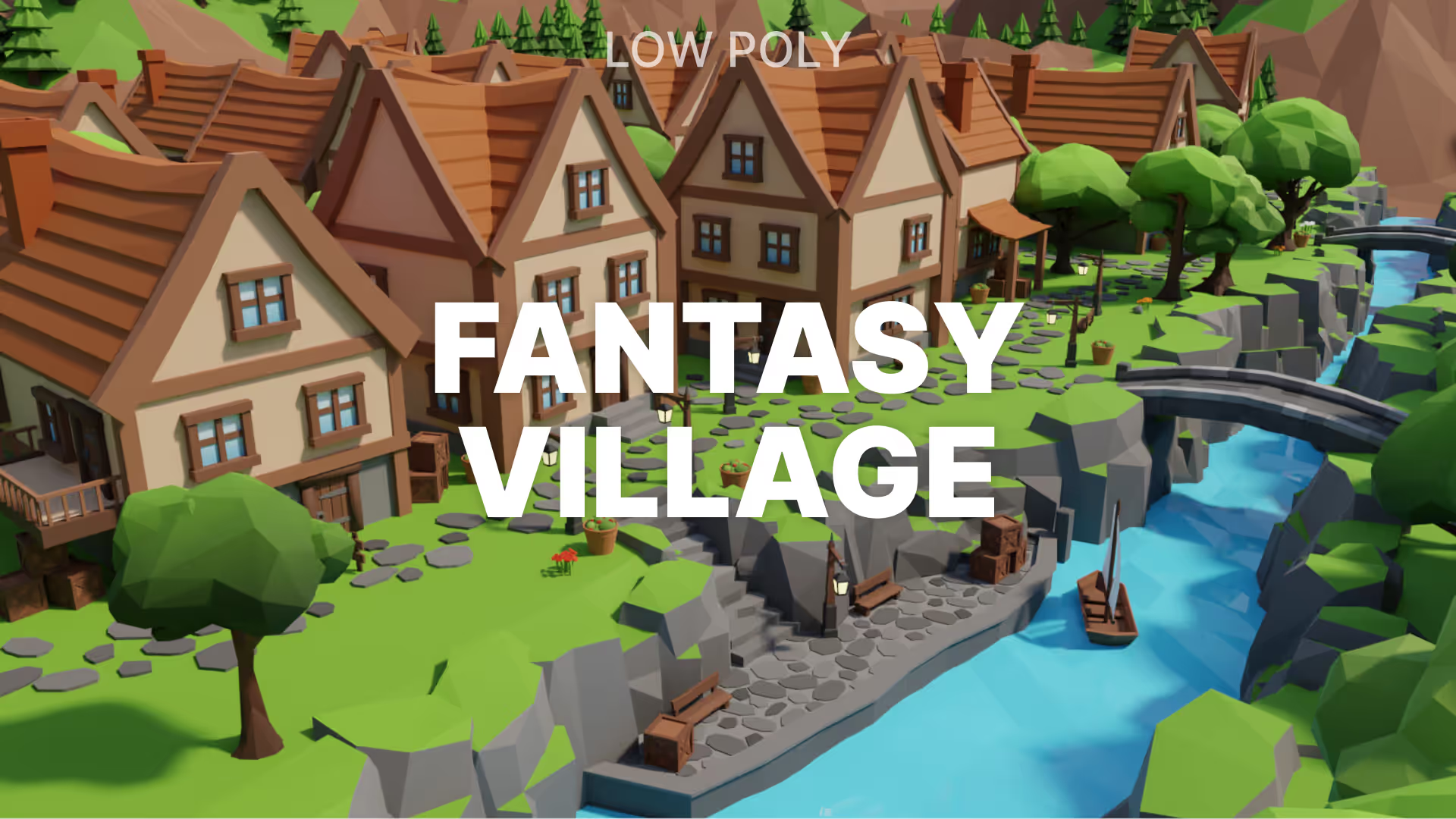
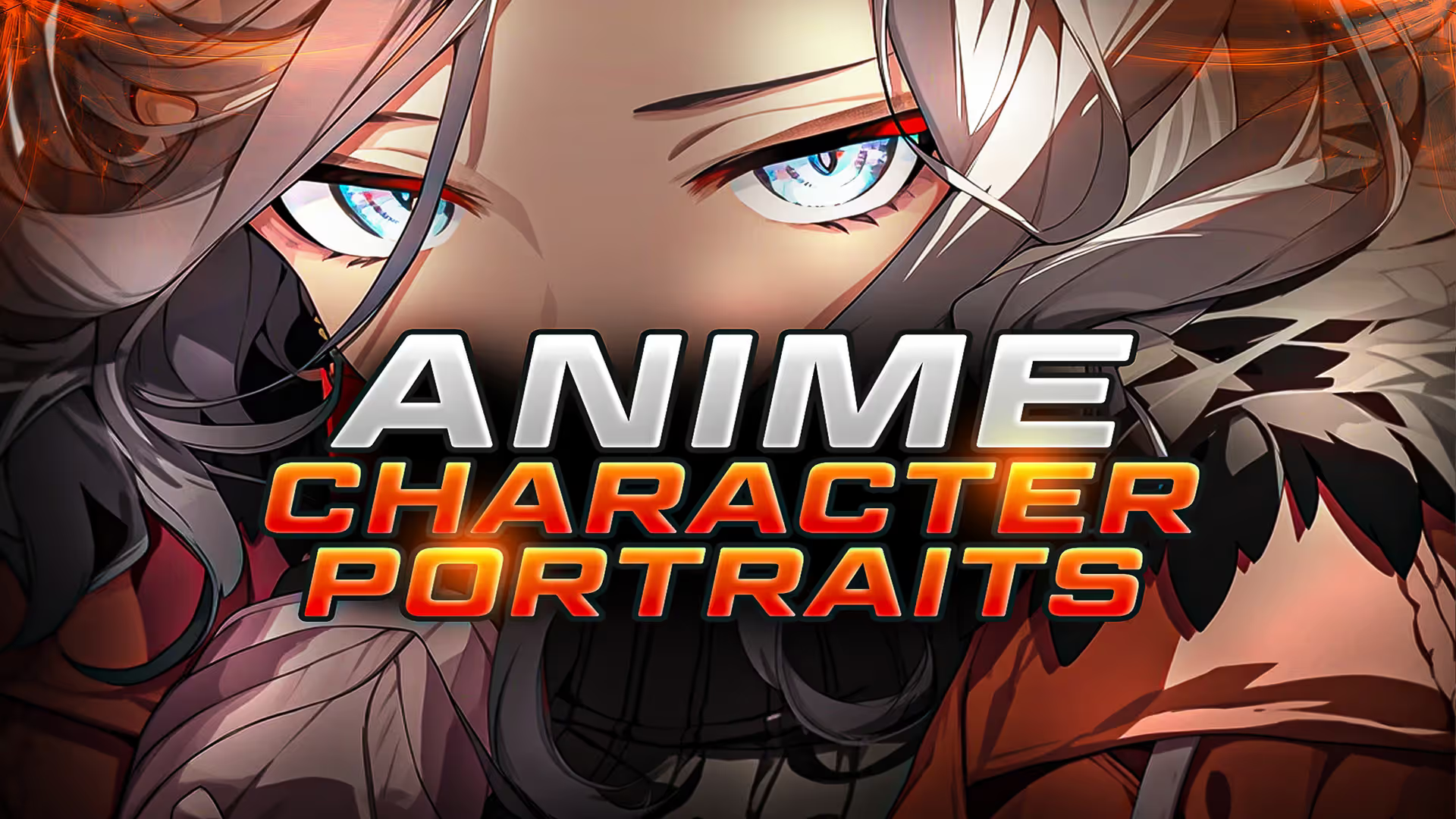
.avif)
